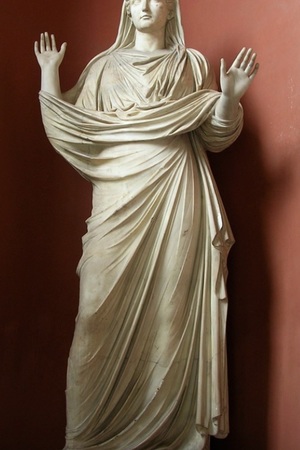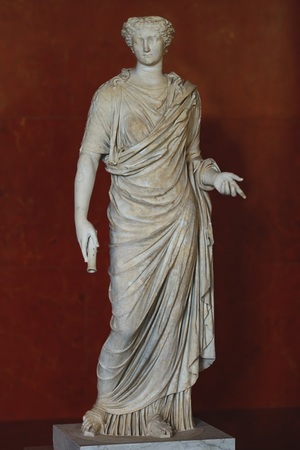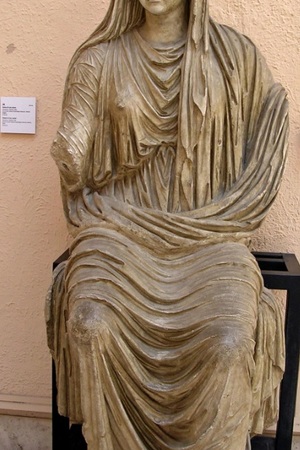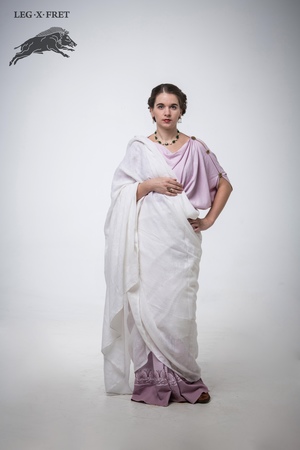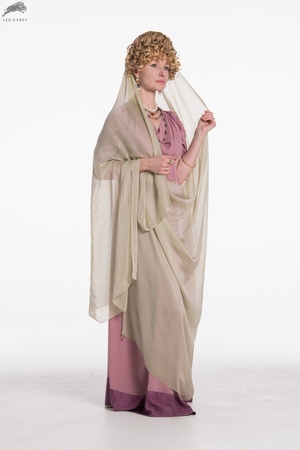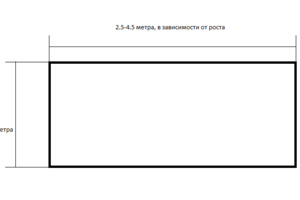Palla
Palla is an ancient Roman women's cloak in the form of a rectangle. Originally, the palla, like the Doric chiton, served as an undergarment, but during the early Roman Republic, the tunic became the undergarment, and the palla, sometimes adorned with embroidery, turned into a cloak for formal occasions.
The palla was worn in the following way: one end was thrown over the left shoulder, the middle part was wrapped around the back, and the other end was either thrown over the right shoulder or threaded from behind through the right arm. The arm remained free, and the end of the palla descended from the left wrist to the feet. The palla could cover the head, especially often it was worn in this way during ceremonies, which made it similar to the priestly toga. Sometimes the palla was secured or decorated with fibulae or a belt.
The palla, being an analogue of the male toga, in the times of the Empire also began to go out of fashion. In the third century, it was replaced by the dalmatic and the colobium. The palla could be found in the wardrobe of common women, foreigners, freedwomen, and hetairai. Matrons primarily wore the stola.
Based on many ancient frescoes and paintings, it can be concluded that the palla was dyed in various muted bright colors. The most common are pink, orange, blue, green, salad and yellow shades.
Reenactment
The palla is suitable for reconstructing almost all female images of ancient Rome. These can be commoners, hetairai, priestesses, foreigners, freedwomen. It is best to sew a palla from thin wool or linen. It is possible to use thicker wool if you need to keep warm.
Related topics
Tunic, Matron, Fibula, Toga, Balteus, Women in Ancient Rome
Literature
Palla // Encyclopedia of Brockhaus and Efron : in 86 volumes (82 volumes and 4 additions). - St. Petersburg, 1890-1907.
